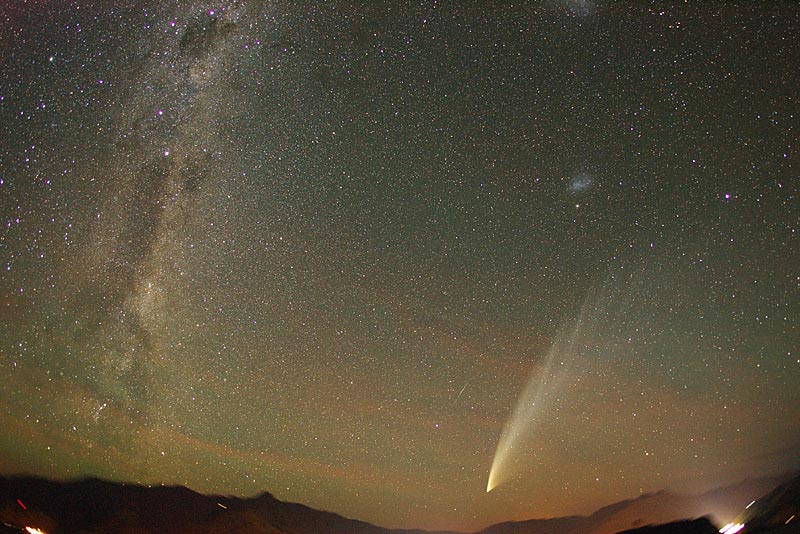The world's largest particle collider passed its first major tests by firing two beams of protons in opposite directions around a 17-mile (27-kilometer) underground ring Wednesday in what scientists hope is the next great step to understanding the makeup of the universe.
After a series of trial runs, two white dots flashed on a computer screen at 10:26 a.m. (0826 GMT) indicating that the protons had traveled clockwise along the full length of the 4 billion Swiss franc (US$3.8 billion) Large Hadron Collider - described as the biggest physics experiment in history.
"There it is," project leader Lyn Evans said when the beam completed its lap.
Champagne corks popped in labs as far away as Chicago, where contributing and competing scientists watched the proceedings by satellite.
Five hours later, scientists successfully fired a beam counterclockwise.
Physicists around the world now have much greater power to smash the components of atoms together in attempts to learn about their structure.
"Well done, everybody," said Robert Aymar, director-general of the European Organization for Nuclear Research, to cheers from the assembled scientists in the collider's control room at the Swiss-French border.
The organization, known by its French acronym CERN, began firing the protons - a type of subatomic particle - around the tunnel in stages less than an hour earlier, with the first beam injection at 9:35 a.m. (0735 GMT).
Eventually two beams will be fired at the same time in opposite directions with the aim of recreating conditions a split second after the big bang, which scientists theorize was the massive explosion that created the universe.
"My first thought was relief," said Evans, who has been working on the project since its inception in 1984. "This is a machine of enormous complexity. Things can go wrong at any time. But this morning has been a great start."
He didn't want to set a date, but said that he expected scientists would be able to conduct collisions for their experiments "within a few months."
The collider is designed to push the proton beam close to the speed of light, whizzing 11,000 times a second around the tunnel.
Source:Associated Press
http://ap.org/
Large Hadron Collider: Too many fears, too many questions



Δεν υπάρχουν σχόλια:
Δημοσίευση σχολίου